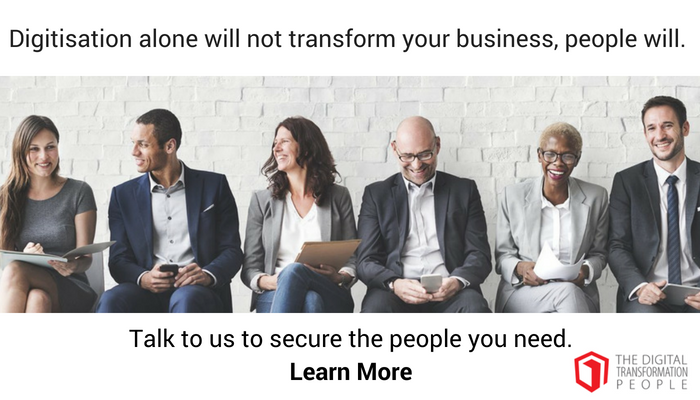I recently did a series of short videos on LinkedIn entitled 13 Reasons Why exploring why every organisation needs to invest in building and sustaining a workforce that is resilient in the face of constant, uncertain, complex, volatile and ambiguous change.
I received positive feedback on the series and was asked to augment it with a series of articles on the same subject. Here you are.
Lack of investment
It has become glaringly evident that the majority of organisation are not prepared to invest in creating a workforce that is resilient in the face of constant and disruptive change.
Whilst only I can be accountable for my mental and physical well-being, employers have a responsibility and obligation to look after the mental and physical well-being of their staff as they are subject to work conditions that can cause stress ,anxiety, fatigue, depression and burnout.
There is an obligation to remove those contributing factors but to also provide the support and resources for every individual in the organisation to continually learn to improve their resilience.
Burnout was already a concern prior to the COVID-19 crisis of 2020 but drastically increased during it. If organisations had been prepared to invest in building resilience prior to the crisis, the numbers may not have been so bad as people would have been better prepared to weather the storm.
On 12 May 2020, Human Resources Director (HRD) Australia reported:
“More than seven in 10 professionals today are suffering from burnout in the wake of the coronavirus pandemic. The biggest setback for workers is the lack of separation between their work and private life, according to a new study from professional feedback platform Blind.
Burnout is a reality that has plagued the workplace for years. But, against the backdrop of a global health crisis, the number of cases is rising – and rising fast.
In mid-February, 61% of respondents said they were burning out on the job, with their ‘unmanageable workload’ cited as the main stressor (25.3%). Fast forward to the weeks leading up to the pandemic, and 73% are now feeling exhausted for the following reasons:
26.7% – No separation between work and life
20.5% – Unmanageable workload
18.8% – Job security concerns
11.1% – Lack of support from manager
10.8% – Lack of control over work”
Organisations have to wake-up to the fact that investment in the mental well-being of their employees is more than just provision of mindful Monday and yoga on a Friday. It is much more fundamental than that.
Mental health still carries a stigma and is a taboo subject in many workplaces. Until organisations openly address this issue, provide a safe environment and have meaningful conversations, it will continue unchanged. The right support, resources and creating a leadership capability and competency will be key.
Return on investment (ROI)
What if organisations put their money where their mouths are and do more than pay lip service to this situation?
Spending money on building a resilient workforce returns dividends. Employee engagement increases and turnover decreases. Absenteeism and sick leave decrease, and productivity and motivation increase which leads to increased profitability.
In 2019, the World Health Organisation published an information sheet entitled Mental Health in the Workplace. It stated “Depression and anxiety have a significant economic impact; the estimated cost to the global economy is US$ 1 trillion per year in lost productivity.”5
Back in 2014, Price Waterhouse Coopers (PwC) undertook a return on investment analysis for Australian employers who wanted to create mentally healthy workplaces. To achieve that objective, PwC teamed up with Beyond Blue, The National Mental Health Commission, academic experts in mental health and the workplace, and further representatives from different workplace contexts.
The report Creating a Mentally Healthy Workplace: Return on Investment Analysis states that “through the successful implementation of an effective action to create a mentally healthy workplace, organisations, on average, can expect a positive return on investment (ROI) of 2.3.”6
Yes! You read that right. That is a return of 2.3 dollars for every dollar spent.
The World Health Organisation also stated the ROI in mental health initiatives: “For every US$ 1 put into scaled up treatment for common mental disorders, there is a return of US$ 4 in improved health and productivity.”7
Summary
In subsequent articles in this series we will explore more reasons why including keeping company officers out of jail and out of bankruptcy.
Can you afford not to invest now?
Article by channel:
Everything you need to know about Digital Transformation
The best articles, news and events direct to your inbox










